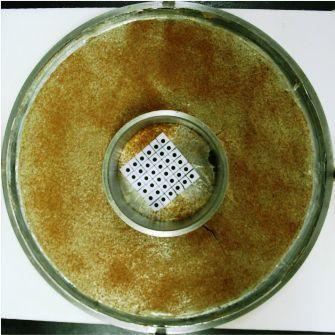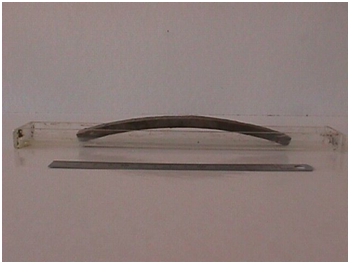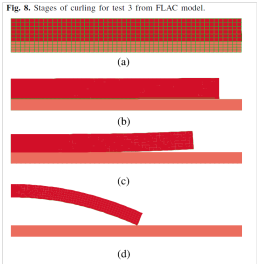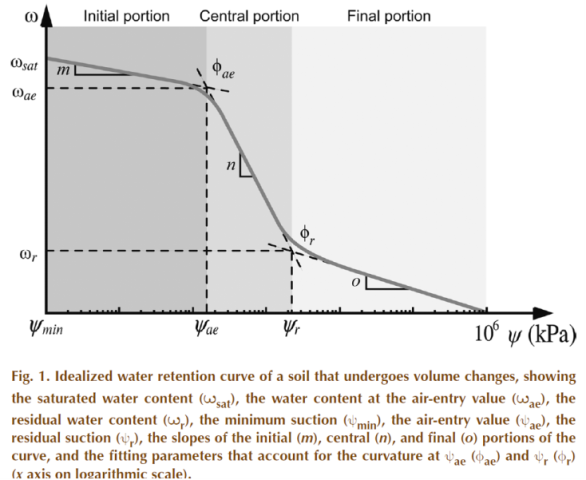| Monash home | Engineering home | Future students | Current students | Alumni | Partnerships | Staff (Intranet) | Contact Engineering |
| Research | Departments and schools | Staff directory | A-Z index | Site map |
| Monash home | Engineering home | Future students | Current students | Alumni | Partnerships | Staff (Intranet) | Contact Engineering |
| Research | Departments and schools | Staff directory | A-Z index | Site map |
|
Jayantha Kodikara - Highlights of Research(1) MPK (Monash-Peradeniya-Kodikara) FrameworkThe soil compaction is one of the most common activities of civil construction. It is applicable to construction of fills, dams, roads and embankments. The compacted soils can be subjected to various external and environmental loading after construction. The external loading can arise from superstructure loading, moving traffic and overburden soils. The environmental loading can come from the interaction of surficial soils with the atmosphere in forms such as wetting and drying. Under the combination of these loadings, the compacted soils display complex patterns of behaviour such as swelling, collapse, tensile cracking and swelling pressure development against buried non-yielding bodies. The current approaches for predicting the behaviour of compacted soils during subsequent external and environmental loading are, on one hand, are very complex, and on the other hand, are not entirely satisfactory. Professor Kodikara has developed a new framework for predicting the behaviour of compacted soils under these loadings, referred to as MPK (Monash-Peradeniya-Kodikara) Framework (Kodikara, 2012). (Also see MPK Framework)The MPK framework uses well-known Proctor's (1933) compaction curve as the building block for compacted soil constitutive behaviour for the first time, unravelling valuable information that was hidden all this time. Reference: New framework for volumetric constitutive behaviour of compacted unsaturated soils (pdf 2.4MB) The following images show MPK framework as a plot of void ratio, moisture ratio and pressure (Figure 1)
(2) Measurement and modelling of desiccation and load induced cracking in claySoil desiccation cracking can influence many geo-engineering applications, in many cases adversely. For instance, cracking in landfill clayey barriers and covers, embankments and dams, road pavement shoulders, slopes etc are detrimental to their effective function. On the other hand, in some cases, extensive cracking is beneficial, for instance in gaining strength in soft mine tailings. Furthermore, surficial layer of soil, which provides the interface for atmosphere-ground interaction, normally contains desiccation cracks to relieve suction induced lateral stresses. The severity of this cracking can significantly influence how the ground moisture changes depending on the climate. (Also see Cracking in Clay Soils)Desiccation cracking area (due to soil tension) is normally considered a complex topic in geotechnical engineering, and was less advanced in comparison soil compression behaviour. Professor Kodikara has made significant advances in this topic both in experimental measurement, scientific explanation of desiccation process and analytical modelling. Some key advances include:Explanation of the importance of restraints on soil desiccation cracking  
 (3) Development of original analytical solutions for tapered piles and introduction of tapered piles in soft rockIntroduced an analytical model for tapered piles using cavity expansion theory.(4) New equation to represent soil water characteristic (water retention) curveThis equation is different from other currently used equations (such as Van Genucheten, Fredlund and Xing) since it uses physical landmarks (saturated porosity, air entry value, residual water content) directly to represent the SWCC mathematically. (5) Development of a more rational approach to chemical compatible testingProfessor Kodikara (with other researchers) highlighted that both rigid wall and flexible wall permeameters may not correctly simulate the right boundary conditions for chemical compatibility testing.(6) Rock-concrete joint behaviour using direct consideration of joint roughnessProfessor Kodikara, during his PhD at Monash 1985 to 1989, participated in pioneering Monash research effort on soft rock technology led by Professor Ian W Johnston (his then supervisor). A particular area of contribution was rock-concrete joint behaviour and its application to side resistance of development of piles socketed in soft rock such as mudstone. This overall effort has led Dr Julian Seidel and Dr Chris Haberfield developing ROCKET computer program for rock-socketed pile design(7) Introduction of log(d)-log(w) method of determination of plastic limit using cone penetrometerThis publication introduced, for the first time, the use of log(d)-log(w) method of determination of plastic limit using the laboratory cone penetrometer. However, it did not receive much attention since it was published in a secluded conference. Later the method was used by other researchers to extend it further, as explained in the following Discussion to ASCE. |